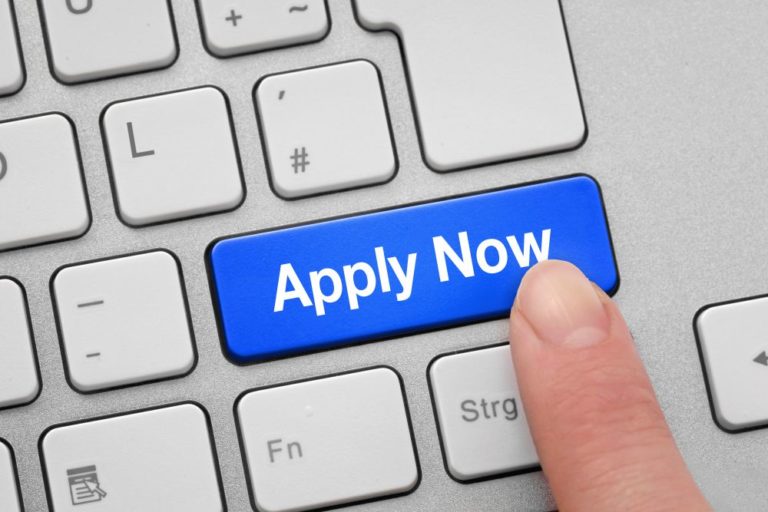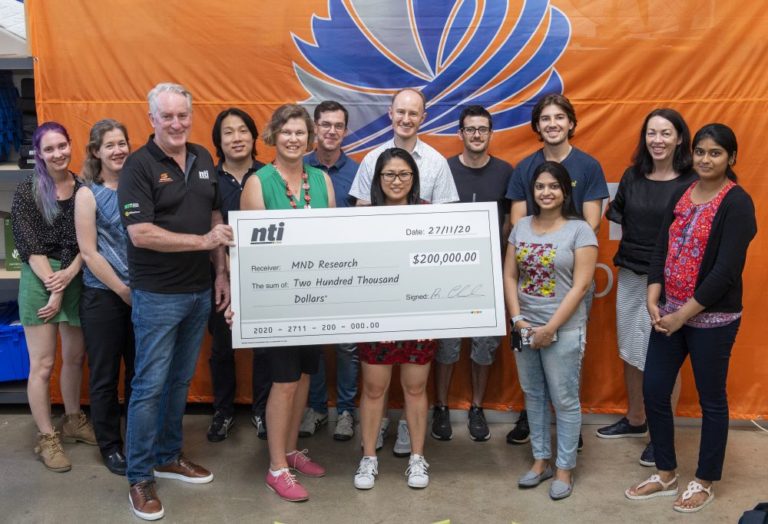How it works:
The TMR Program, allows the patient’s brain to directly control a specially engineered prosthetic limb through a process of surgery, rehabilitation, and brain training.
Patients must commit to an extensive virtual training program helping them achieve strong and consistent control of their new prosthetic, along with a home exercise program that takes for up to 30 minutes, four times a day.
Ask the patient:
Daniel Campbell, who lost his arm in a farming accident:
“After I lost my arm, I realised I couldn’t even do simple things like cooking a meal or picking up a clothes basket.
“It took a lot away from my capacity to work, but now I have my arm I’m keen to get back to it and have a go. Now I’ve been able to pick up boxes and carry things, it’s given me a lot of my independence back.
“Everyone is really intrigued by how the arm works and what it can do. I just think normal movements and I can move my hand – it’s a bizarre sensation.”
Ask the expert:
Dr Frank Bruscino-Raiola, The Alfred Hospital Director of Plastic Surgery:
“TMR and osseointegration is a new exciting frontier in the surgical and rehabilitation management of upper limb amputees.
“All of our patients who have completed the program are really excited about the potential for their new limbs. Where previously their movements were quite limited, this new technology opens up a new realm of what they’re able to achieve.”




